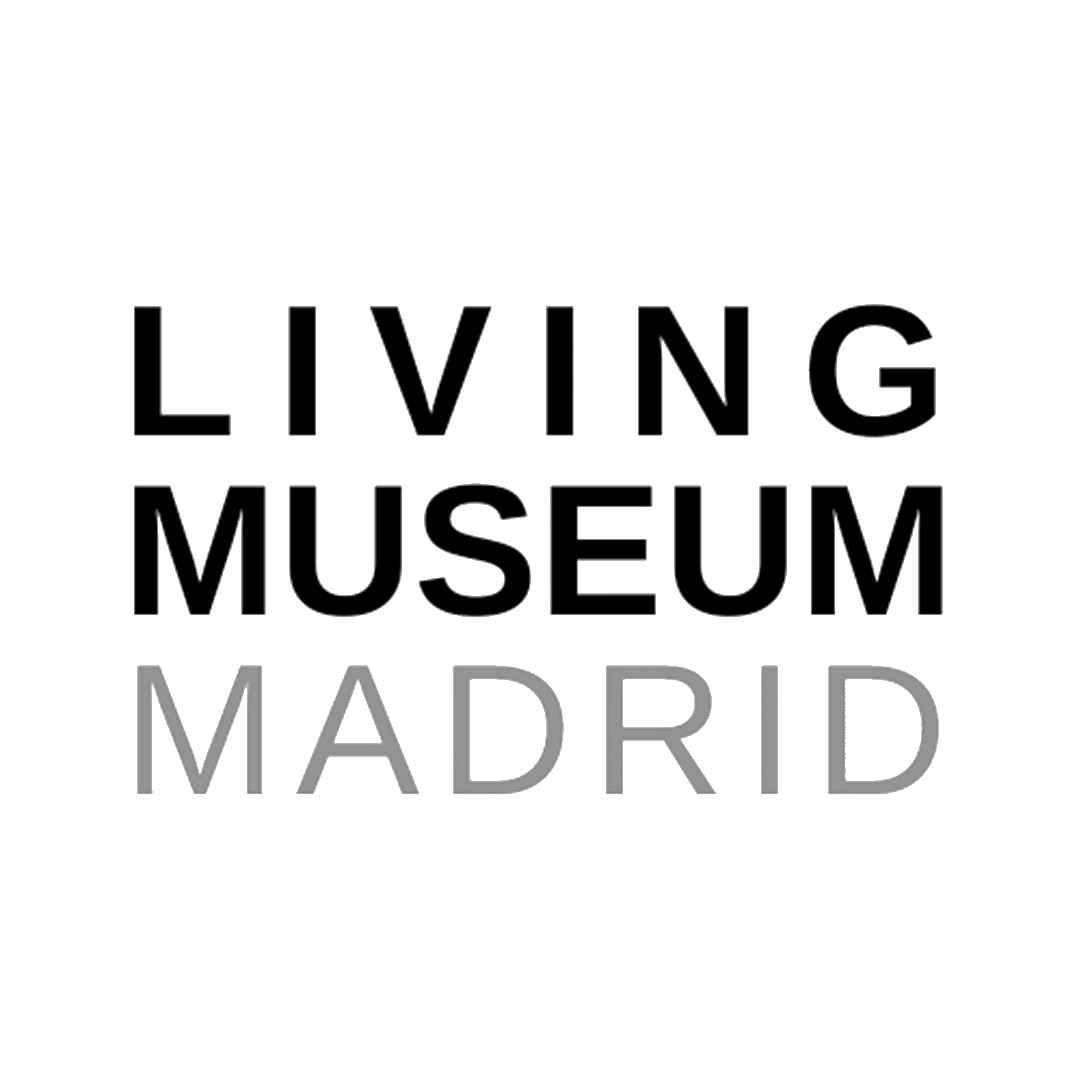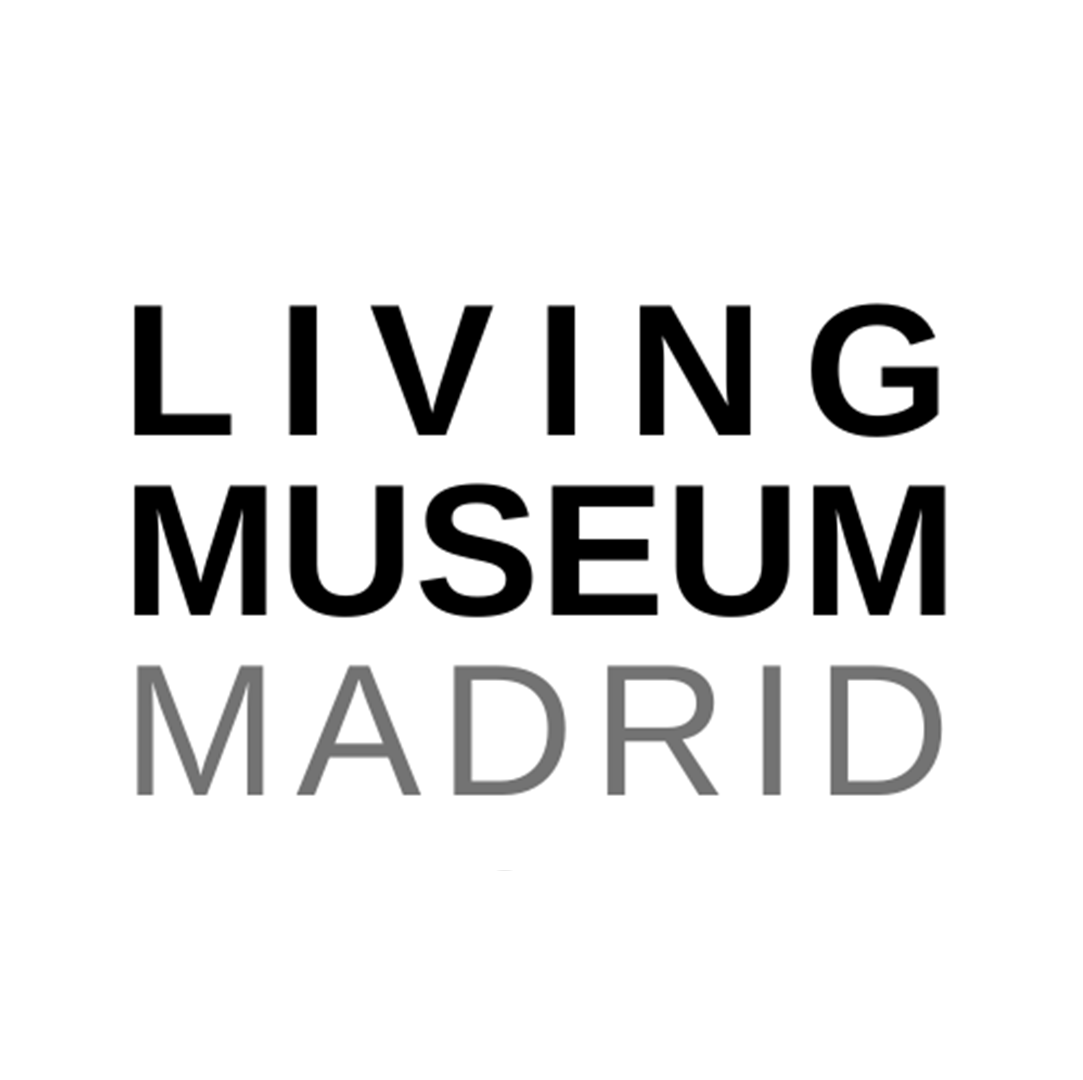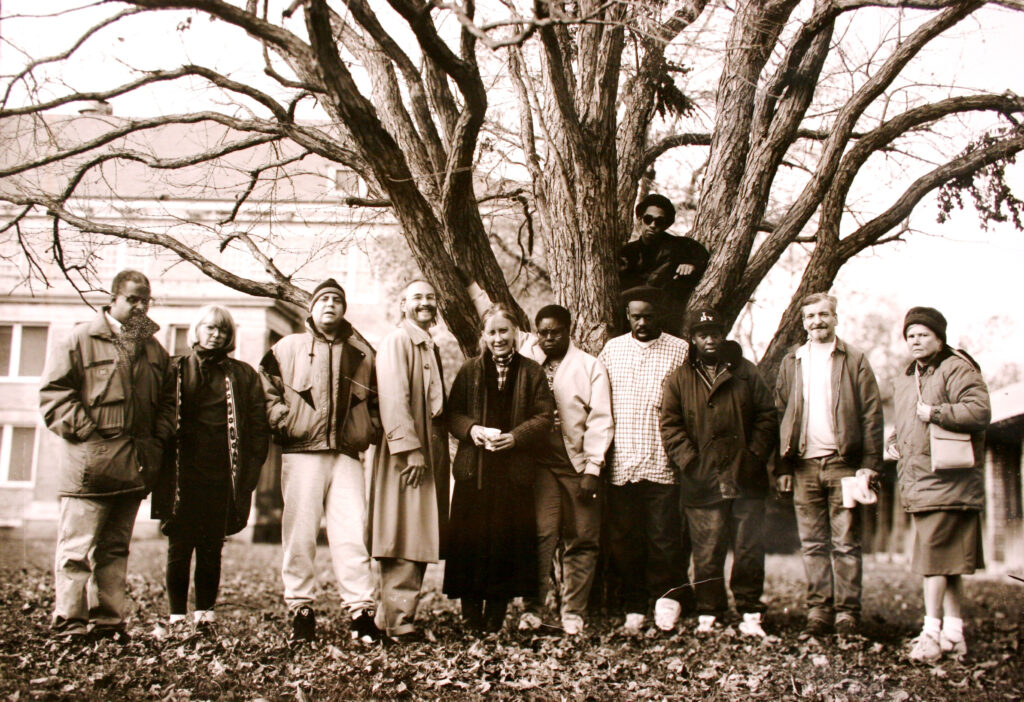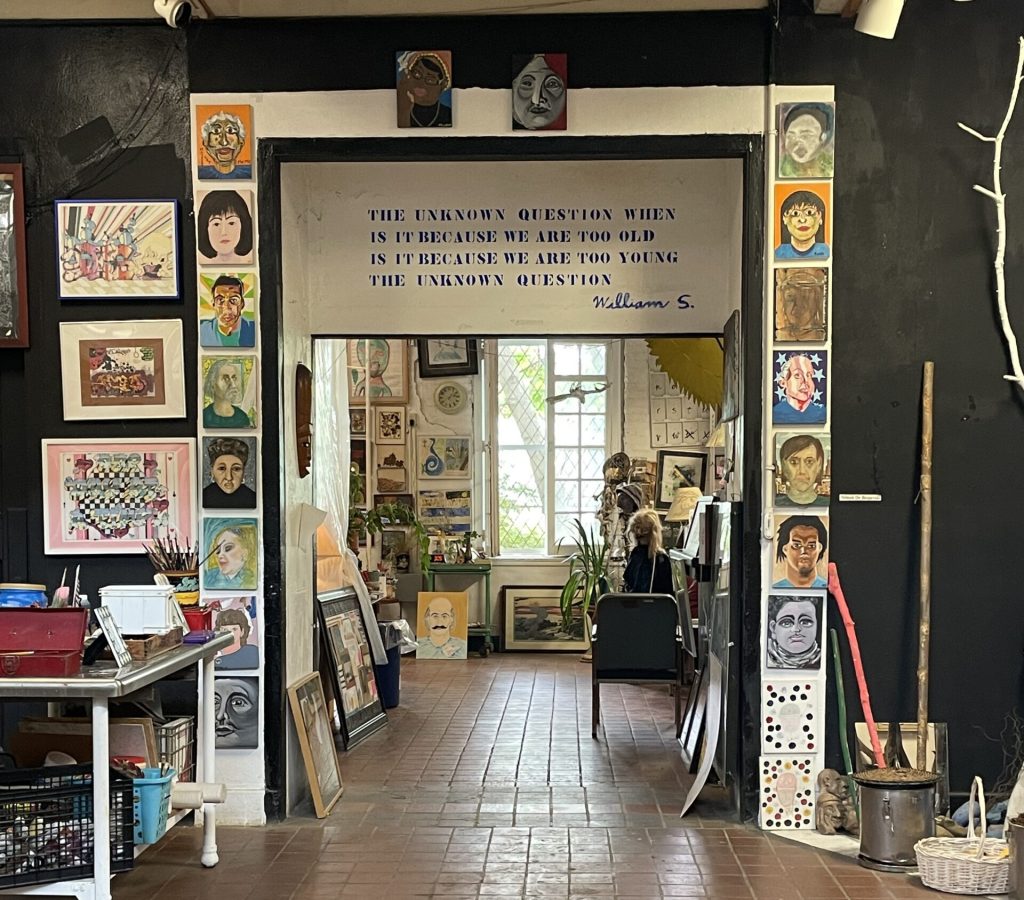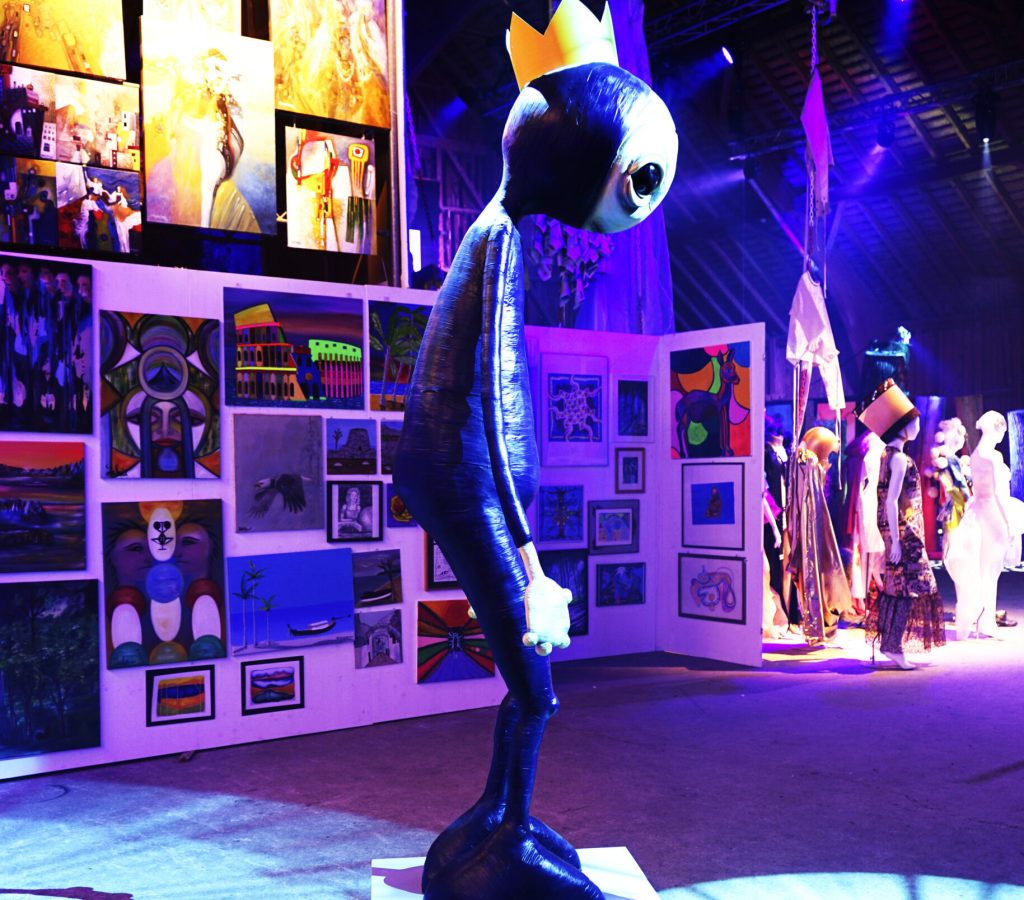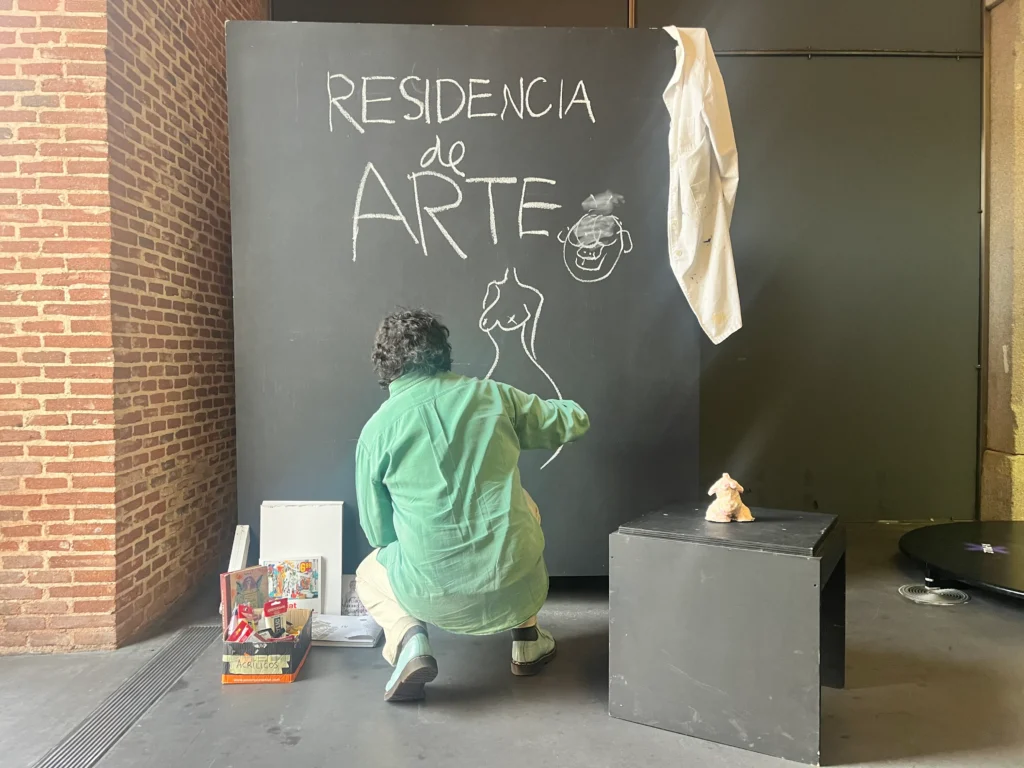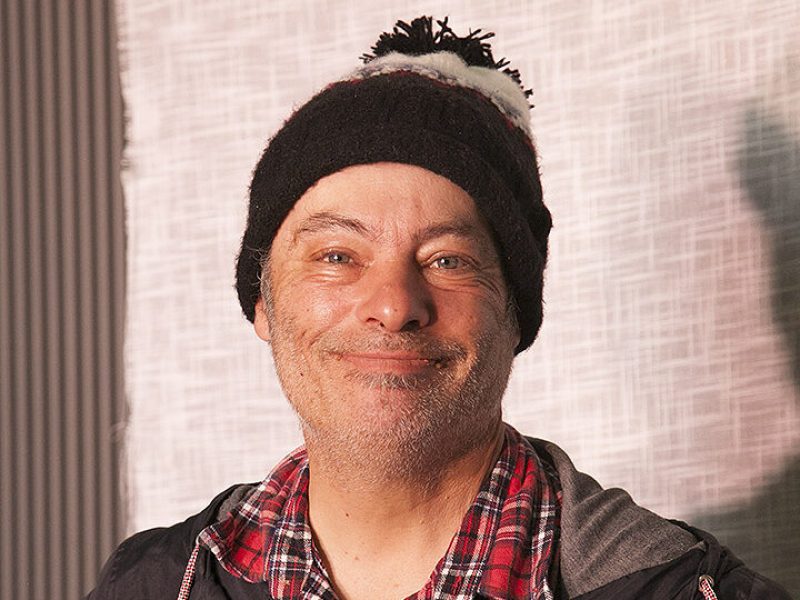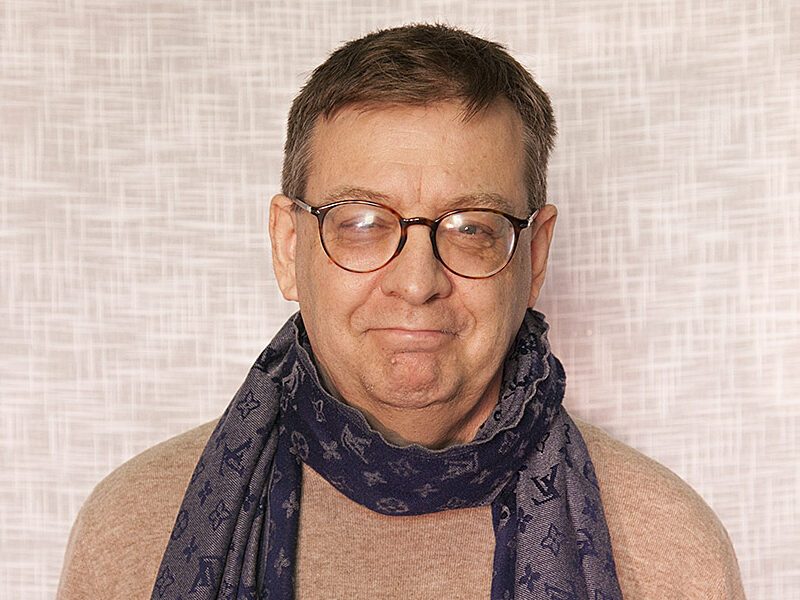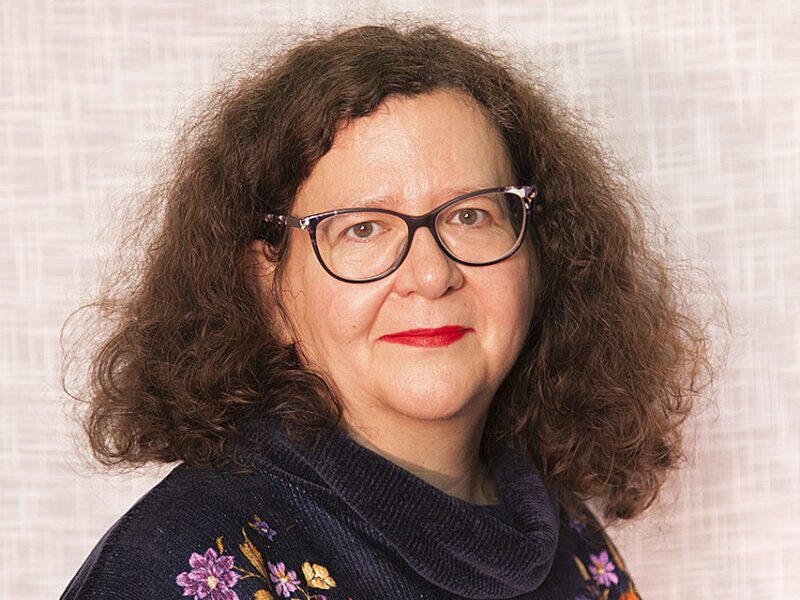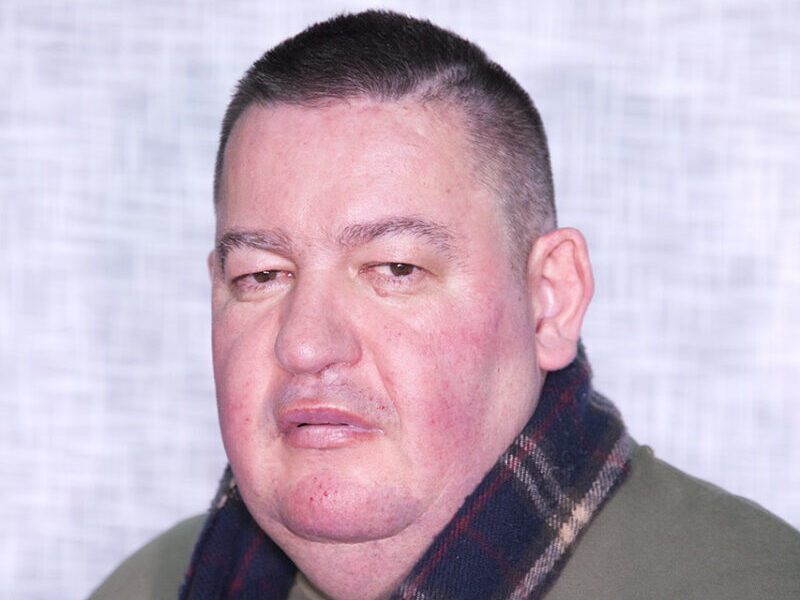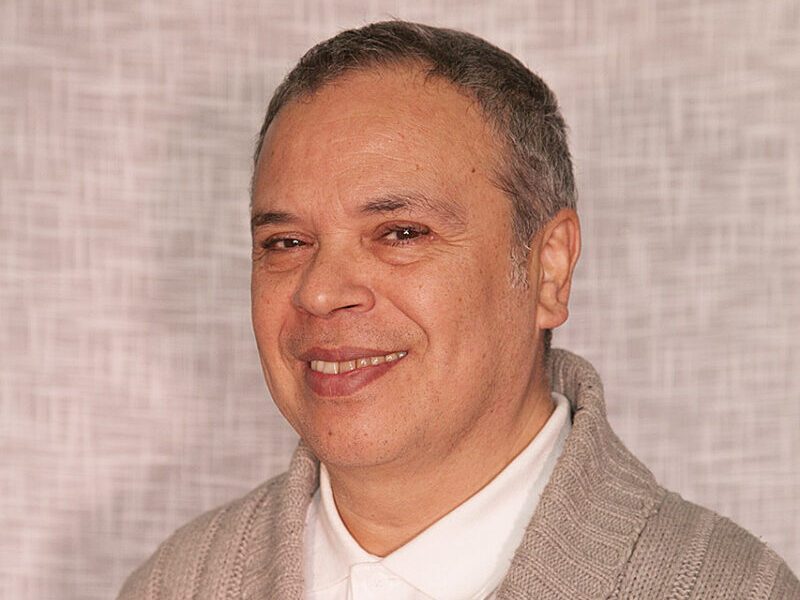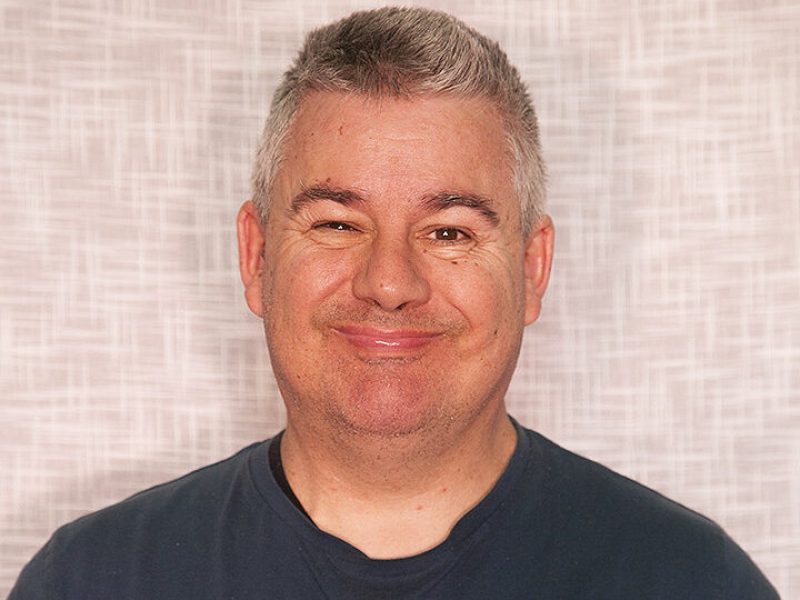Living Museum Family
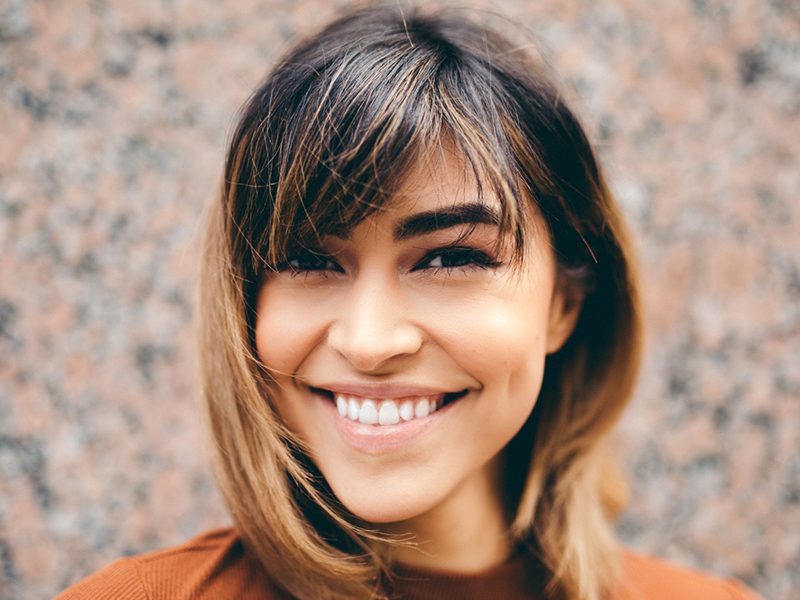
Laura Carmona Ayuso
Art therapist specialized in the clinical field of mental health (PDAG), Switzerland
Mother of two boys and one girl
Founder of Living Museum Madrid
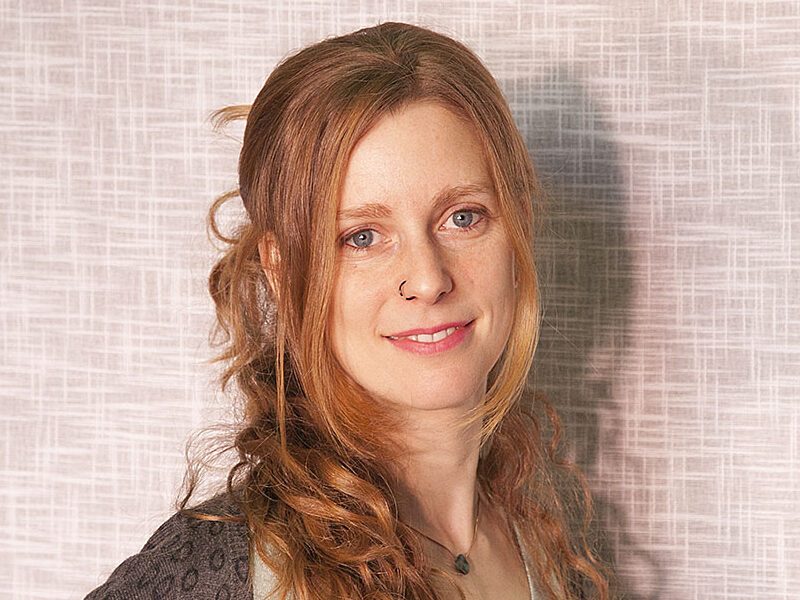
Dra. Julia Morla
Art therapist
PhD in Feminist and Gender Studies.
Teacher and researcher (Universidad Complutense de Madrid)
Founder of Living Museum Madrid
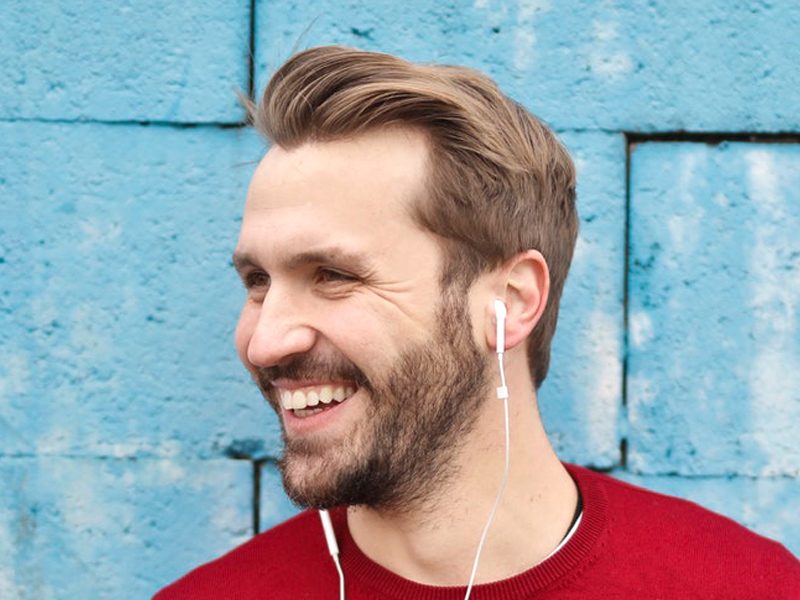
Javier Lapuerta Laorden
Cultural activist dedicated to promoting access to art and citizen participation.
Founder of Living Museum Madrid
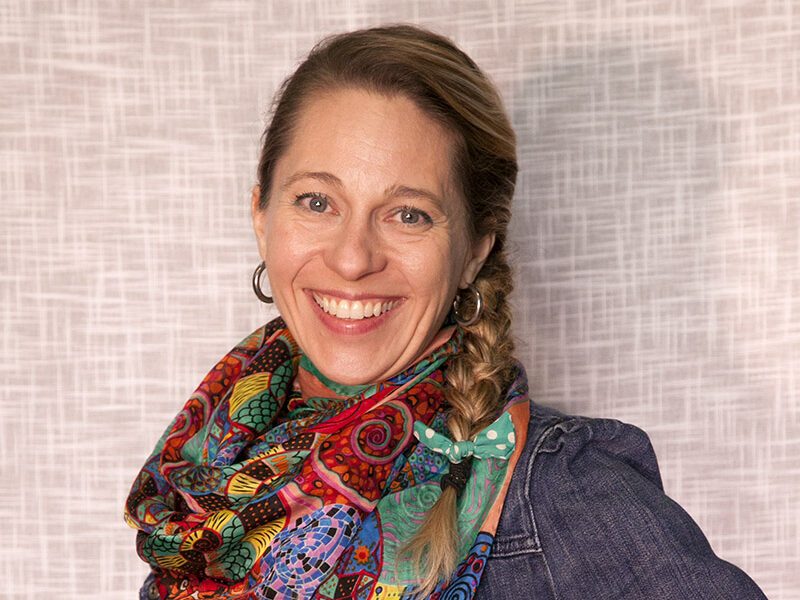
Piedad García-Murga
Art therapist
Teacher and predoctoral researcher (Universidad Complutense de Madrid)
Creator and expert in the first person
Living Museum Madrid Team

Dra. Marta lage
PhD in Fine Arts
Teacher and researcher (Universidad Complutense de Madrid)
Coordinator of the Master in Art Therapy and Art Education for Social Inclusion.
Living Museum Madrid Team
Photographs by Marta Lage de la Rosa
